| Matt Levine |
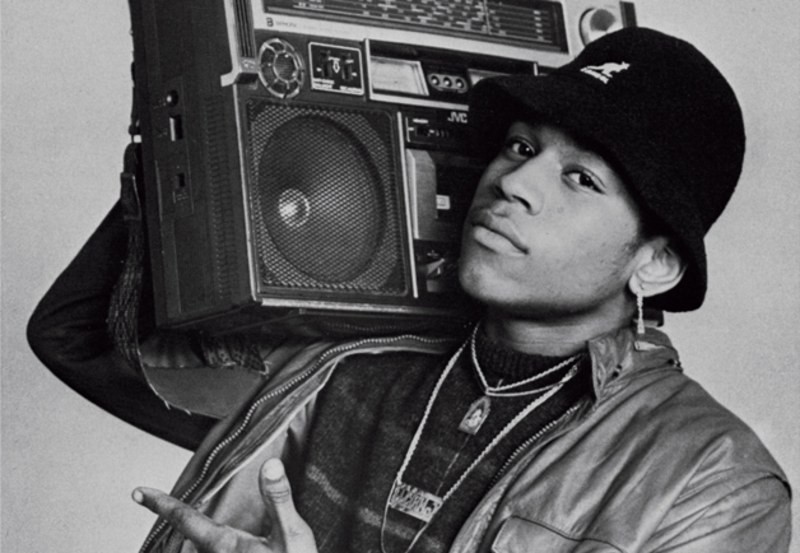
Krush Groove plays at the Trylon Cinema from Sunday, November 13 through Tuesday, November 15 as part of its series “The Fly Cinema of Michael Schultz.” Visit trylon.org for tickets and more information.
An extremely loose retelling of the founding of Def Jam Records by Russell Simmons (here named Walker) and Rick Rubin, Michael Schultz’s Krush Groove (1985) offers a number of cinematic pleasures: the wonderfully garish sets and costumes, the sights and sounds of the South Bronx in the mid-80s, the opportunity to see the inside of a Manhattan Sbarro during the restaurant chain’s heyday. But to be honest, this movie is all about the soundtrack. It’s a dream for old-school hip-hop heads and anyone who loves the kind of reverb-heavy snare that proliferated in the New York rap scene about forty years ago.
With that in mind, here’s a rundown of the songs that appear in the movie, from bona fide rap classics to weird novelty curios to relics of the old school that may be better left forgotten.
“(Krush Groove) Can’t Stop the Street” by Chaka Khan
With a driving bassline and horns/percussion that sound Casioesque in origin, this is a good introduction to the soundtrack’s vibe as a whole. There’s an awkward but fun blend of social indignation (“When you walk and talk, I can see it in your eyes / You’re much too young to be oh so wise”) and shameless fun (“You can’t stop the street / Mighty rhythm puts funk in your feet”), reminiscent of Grandmaster Flash and the Furious Five.
“I Can’t Live Without My Radio” by LL Cool J
This is the first masterpiece on the soundtrack, the best song from Cool J’s debut (and second-best) album Radio, which came out in 1985, the same year as the movie (his best album is his follow-up Bigger and Deffer from 1987). When drum-machine programming is as booming and exhilarating as it is on this song, it achieves a kinetic energy that catalyzes the best early hip-hop.
“I Can’t Live Without My Radio” also has one of the most amusing boasts on the soundtrack: “My radio’s bad from the boulevard / I’m a hip-hop gangster and my name is Todd / Just stimulated by the beat, bust out the rhyme / Get fresh batteries if it won’t rewind.”
One of Krush Groove’s greatest legacies is that it introduced LL Cool J to the world. Legend has it that he muscled his way into the production by showing up on set every day and performing unsolicited freestyles. Old-school rap (and the NCIS universe) would never be the same.
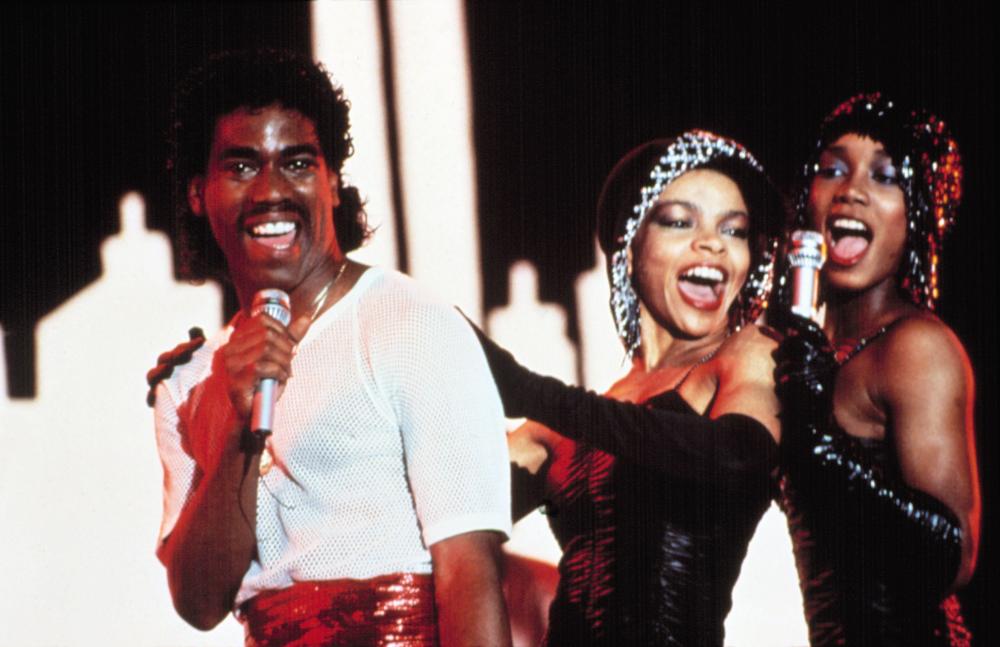
“If I Ruled the World” by Kurtis Blow
Five years after Kurtis Blow, one of the godfathers of rap, helped launch the genre with 1980’s “The Breaks,” he provided one of Krush Groove’s most charismatic performances by playing himself. Of course, the scenes in which he provides moral guidance to Russell about valuing friendship, art, and culture over fame and money are less convincing than his onscreen rapping.
“If I Ruled the World” starts with fun, marimba-like percussion and throws in some early scratching reminiscent of Herbie Hancock’s “Rockit” before Kurtis’ lilting lyrics begin. The song offers a surprisingly sweet vision of the life of glamor and harmony that he would lead if he did in fact obtain the wealth and power that Russell initially covets in the film. It’s the polar opposite of the money-driven fantasies that abound in a lot of later hip-hop, as Kurtis raps: “If I ruled the world, was king on the throne / I’d make peace in every culture, build the homeless a home.”
As performed in Krush Groove, Kurtis wears a shimmering red cummerbund, flanked on either side by beautiful women dressed like flappers from the 1920s. A black-and-white silhouette of Manhattan looms in the background, reaffirming Kurtis’ dreams of benevolent dominion. This is one of the most visually creative sequences in the film, and one of the best songs on the soundtrack, too, with enjoyably innocuous lyrics: “Now I must go, say goodbye to everybody / Tonight I’ll see you all at my super dinner party.” As a bonus, rap fans will recognize that the even better version of this song by Nas and Lauryn Hill from Illmatic (1994) recycles the chorus from Kurtis Blow’s original.
“All You Can Eat” by The Fat Boys
This song won the Golden Raspberry for Worst Original Song in 1985, but it’s not that bad. In the film, it’s accompanied by a ridiculous fast-motion sequence in which the Fat Boys (consisting of Prince Markie Dee, Kool Rock Ski, and the Human Beat Box) devour all of a restaurant’s wares, all the way down to the loaves of bread. One wonders if Edan had this song in mind when he recorded “Beautiful Food” in 2002.
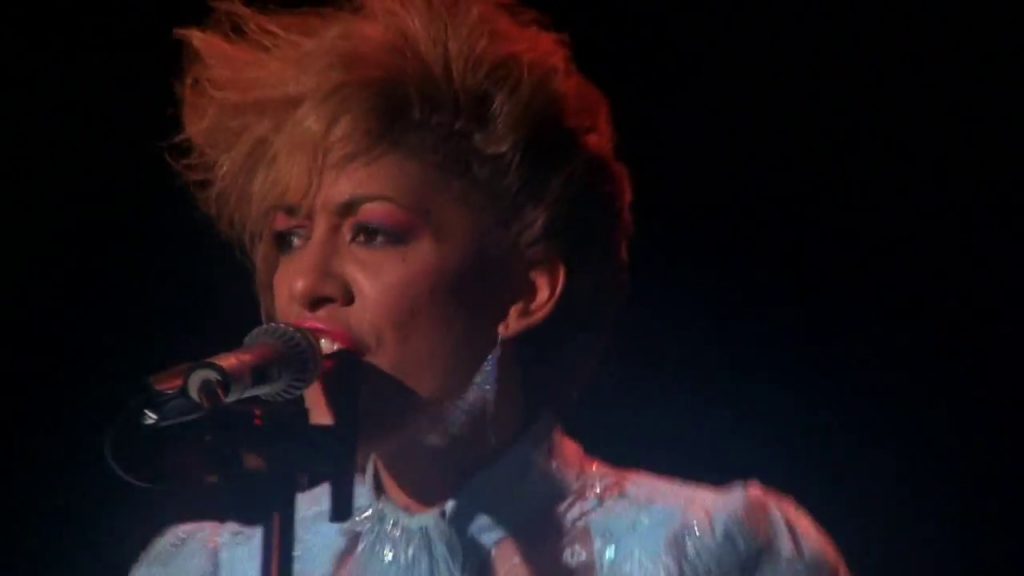
“A Love Bizarre” by Sheila E.
Krush Groove introduces us to Sheila E. as she and her band play one of her most famous songs, co-written by Prince. With its instantly catchy chorus and cascading sax riffs, this is the kind of song that you’ve probably heard dozens of times before, even if you can’t always place the name or the artist. The film devotes more time to this performance than it probably needs to, but that shouldn’t be seen as a criticism – it’s one of the most joyful musical moments in Krush Groove.
“Holly Rock” by Sheila E.
In the movie, this song is performed when Russell sets up a concert showcase for Run-D.M.C., but Run instead allows Sheila E. (whom both he and Russell are courting) to start the show with “Holly Rock.” It’s an infectious, fast-paced groove that sounds like some of the Sugarhill Gang’s party jams. Sheila’s (presumably post-dubbed) drumming is impressive and her band’s choreography is entertaining, like something you might see David Byrne doing in Stop Making Sense. “Holly Rock” was written and produced by Prince, whose own version of the song is just as good but in different ways (for one thing, there’s more sax).
“She’s On It” by Beastie Boys
Fans of the group will be delighted to see their brief performance in Krush Groove, but (hot take alert) I’ve always found the Beastie Boys overrated: their lyrics are proudly vacuous, as jokey and self-referential as a novelty act. I guess that’s also their appeal, but it’s a shame that the Beasties are so beloved while acts like the Wrecking Crew, UTFO, Spoonie Gee, and Black, Rock, and Ron hardly get any love.
The guitar riff sampled in “She’s On It” (from Cheap Trick’s “Stiff Competition”) is fine if straightforward, but the call-and-response style of rapping, in which Mike D, Ad Rock, and MCA (RIP) one-up each other in terms of misogynistic barbs, becomes grating quickly. Some of Kurtis Blow’s raps might date awkwardly because they’re overly earnest, but you encounter the opposite problem with the Beastie Boys. Anyway – Krush Groove does offer the chance to see the group perform a full year before their debut LP License to Ill was released.
“Love Triangle” by Gap Band
In case you were wondering what the main dramatic conflict is in Krush Groove, the answer is provided by this song, which asserts “It’s a love triangle” no fewer than 36 times.
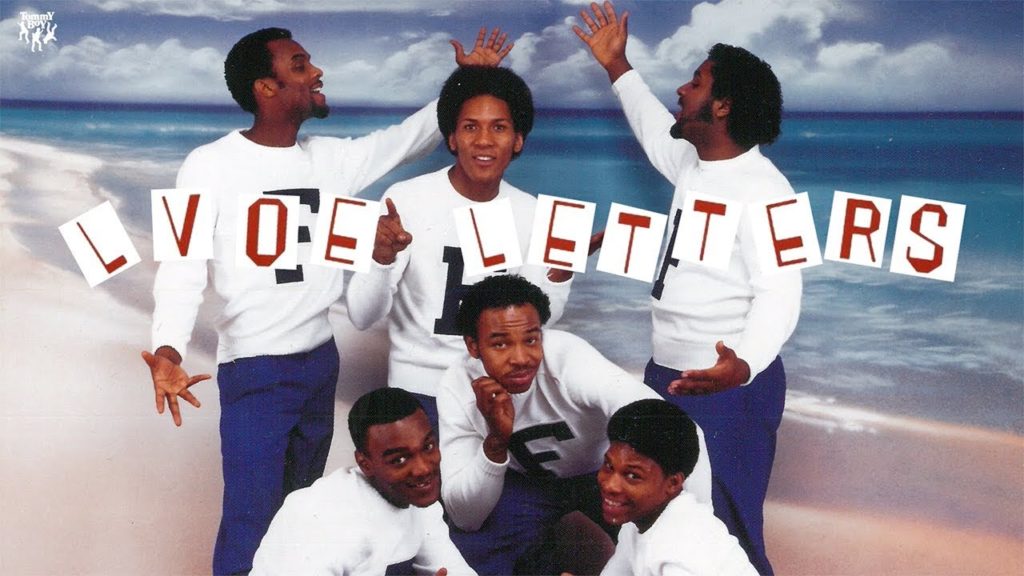
“Tender Love” by Force MDs
Although “Tender Love” sounds like a fairly typical mid-80s ballad, the Force MDs were a weird blend of spare old-school beats and doo-wop revisionism, making them a unique act in the New York rap scene of the decade (they hailed from Staten Island). Their debut album Love Letters (1984) offers some singular, genre-bending concoctions, most notably “Itchin’ for a Scratch” and “Let’s Stay Together.” Thanks in part to Krush Groove, “Tender Love” became their biggest hit, which is sort of unfortunate because it’s not an apt indication of their unclassifiable style.
“Pick Up the Pace” by UTFO
“Pick Up the Pace” was released as the B-side of the “All You Can Eat” single, which is a travesty since it’s infinitely better than that Fat Boys song. UTFO (or Untouchable Force Organization) is one of the most unheralded old-school rap acts, and “Pick Up the Pace” is a good example why: quick and propulsive scratching by Mix Master Ice, rapid-fire lyrics by Kangol Kid and EMD (who was an ancillary member of the group), and a bold, jarring switch to a woozy reggae style about halfway through.
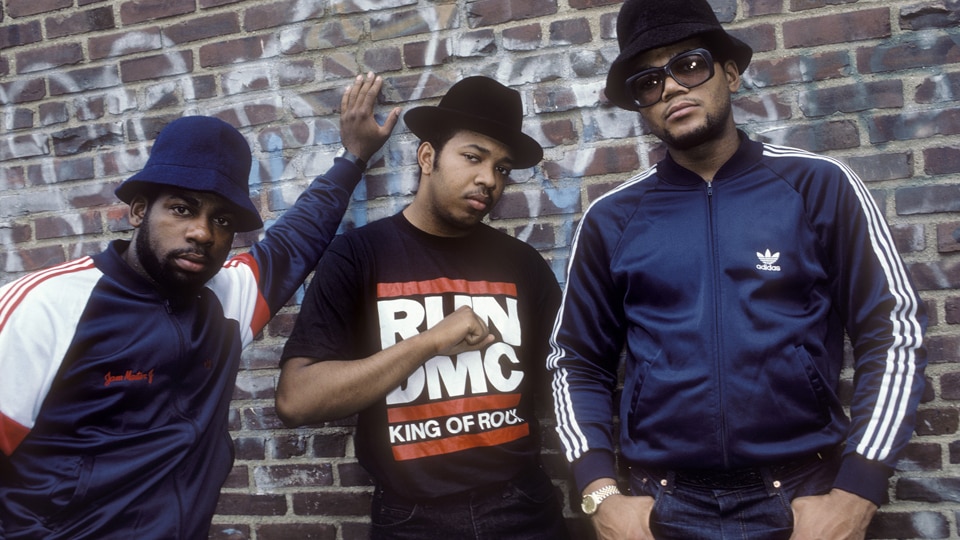
“King of Rock” by Run-D.M.C.
This song, which plays over Krush Groove’s opening credits, weirdly didn’t appear on the official soundtrack, which is too bad because it’s one of the best cuts from the movie. Like many of their hits, it has a guitar-heavy sound that (lamentably) would later be associated with the rap-rock subgenre. But back in the day, when producers like Jam Master Jay and Rick Rubin were creating this sound, it had a brashness and intensity that was contagious.
The opening lyrics, unforgettably belted by DMC (Darryl McDaniel, aka Devastating Mic Controller), would be recycled by many later rap acts: “I’m the king of rock, there is none higher / Sucker MCs should call me sire / To burn my kingdom, you must use fire / I won’t stop rockin’ till I retire.”
The opening performance of this song sets a high bar for Krush Groove that it can’t always match – but at least it provides a thumping prelude for the soundtrack to come.
“Can You Rock It Like This” by Run-D.M.C.
There’s a scattering of other Run-D.M.C. songs throughout the film, including “Can You Rock It Like This,” which might be the group’s lyrical pinnacle. A distorted guitar riff and high-pitched wail throughout the song suggest a bleaker tone, which is reflected in the surprisingly heady and self-critical lyrics: “Need a sip of lemonade, I’m a slave to my trade / From all these lights my complexion might fade.” It’s no coincidence that this song plays as Russell reaches his lowest depths in the movie, having lost his closest friends and collaborators for the sake of public recognition. Even if that character arc is overly familiar, the presence of this song on the soundtrack adds a level of bitterness and despair.
“Krush Groovin’” by Krush Groove All-Stars (Run-D.M.C., Sheila E., Kurtis Blow, and the Fat Boys)
This five-minute collab between the film’s stars serves as Krush Groove’s climactic centerpiece, with a relatively basic synth melody and a gentle chorus consisting of “Krush groovin’, body movin’.” Unsurprisingly, Kurtis Blow and Run-D.M.C. fare best, with Sheila E. close behind and the Fat Boys offering the weakest verse. I wish this closing song were a little more visceral (it feels like a chill hangout in which none of the contributors are trying very hard), but it’s fun to see these acts perform together. Even better, it takes place at the Disco Fever, a famous South Bronx club in the early days of hip-hop that was closed down permanently on the final day of shooting, making Krush Groove a last will and testament of a sort.
Edited by Olga Tchepikova-Treon
